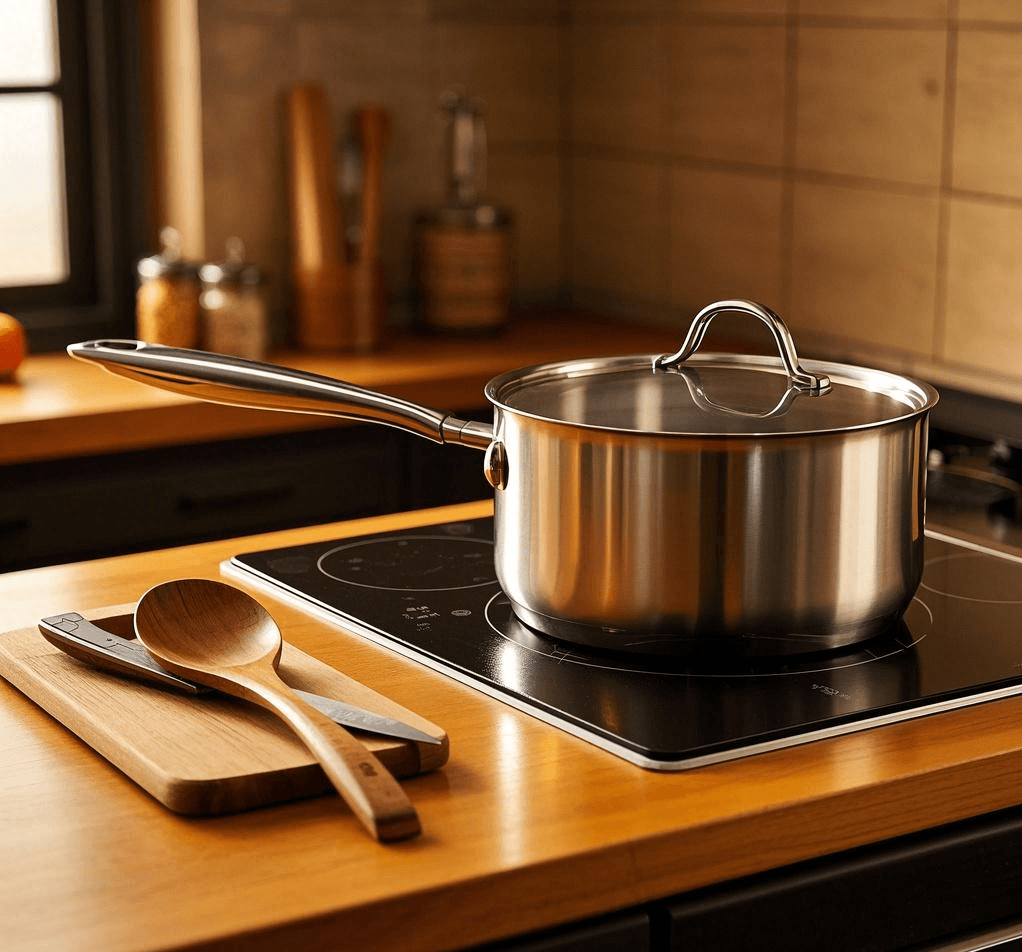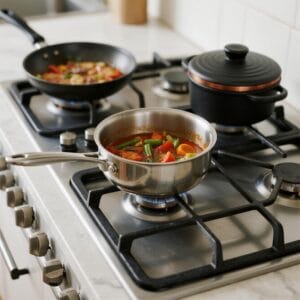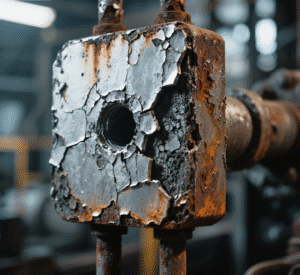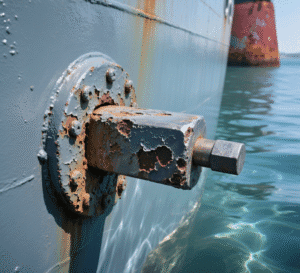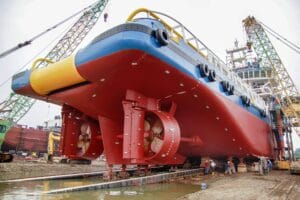Want your food to taste amazing? Wonder if your pans really affect the flavour? The right cookware can help bring out the best in your ingredients. Let’s explore which materials might do that.
There isn’t one single type of cookware that guarantees the tastiest food for everyone. Taste is subjective, and the "best" material depends on cooking method and preference. However, materials like stainless steel are valued for not altering food flavours.
Honestly, "tastiest" is tricky because everyone cooks differently and enjoys different results. Some love slow-cooked meals, so a heavy stockpot that holds heat steadily is essential for developing deep flavours. Others enjoy stir-fried or saucy dishes where a wok shines, allowing quick cooking at high heat. And for those who love searing meats or baking dishes, a good frying pan or skillet that transfers heat effectively is a must. The material interacts with the food and heat in unique ways. Let’s look at what the professionals often prefer.
What cookware do most chefs prefer?
Want to cook like a professional chef? Confused by all the different pans they use in restaurant kitchens? Let’s uncover the materials most commonly found in professional settings and why.
Most chefs prefer cookware known for performance, durability, and heat control. This often includes stainless steel (especially clad like tri-ply), copper for responsiveness, carbon steel, and cast iron for heat retention. Versatility is key.
Chefs need tools they can rely on day after day under demanding conditions. Their choices often come down to how well the cookware performs specific tasks repeatedly and reliably.
Why Performance Matters to Chefs
In a busy kitchen, control is everything. Chefs need pans that heat evenly to avoid scorching, respond quickly to temperature changes for delicate tasks, or hold heat extremely well for perfect sears. Durability is also critical; cookware must withstand constant use, high temperatures, and quick cleaning cycles without warping or breaking down . Non-reactivity is important too, ensuring that acidic ingredients like tomatoes or wine don’t pick up metallic tastes or damage the pan .
Common Chef Choices Explained
Different materials excel at different things, so professional kitchens usually have a mix:
| Material | Chef Appeal | Considerations |
|---|---|---|
| Stainless (Clad) | Durable, Non-reactive, Even Heat | Quality varies; good cladding is key |
| Copper | Excellent Heat Control & Response | Expensive, Needs Maintenance |
| Carbon Steel | Lighter than Cast Iron, High Heat | Needs Seasoning, Can Rust |
| Cast Iron | Superior Heat Retention, Searing | Heavy, Needs Seasoning [^2] |
Many chefs appreciate clad stainless steel, like tri-ply, because it offers a great balance. The aluminum or copper core provides the even heating and responsiveness they need, while the stainless steel surfaces offer durability and non-reactivity . It’s a versatile workhorse. Carbon steel is popular for tasks similar to cast iron but is lighter. Copper is prized for sauces or delicate items needing precise temperature control. Cast iron remains a favourite for unbeatable searing and heat retention.
Does food taste better in cast iron or stainless steel?
Deciding between classic cast iron and versatile stainless steel? Heard claims that one makes food taste distinctly better? Let’s break down how each material interacts with food and potentially impacts flavour.
Neither inherently makes food "taste better" universally. Stainless steel is non-reactive and preserves the food’s original flavour. Cast iron, especially when well-seasoned, can subtly enhance flavours through intense browning (Maillard reaction) and potentially add trace iron .
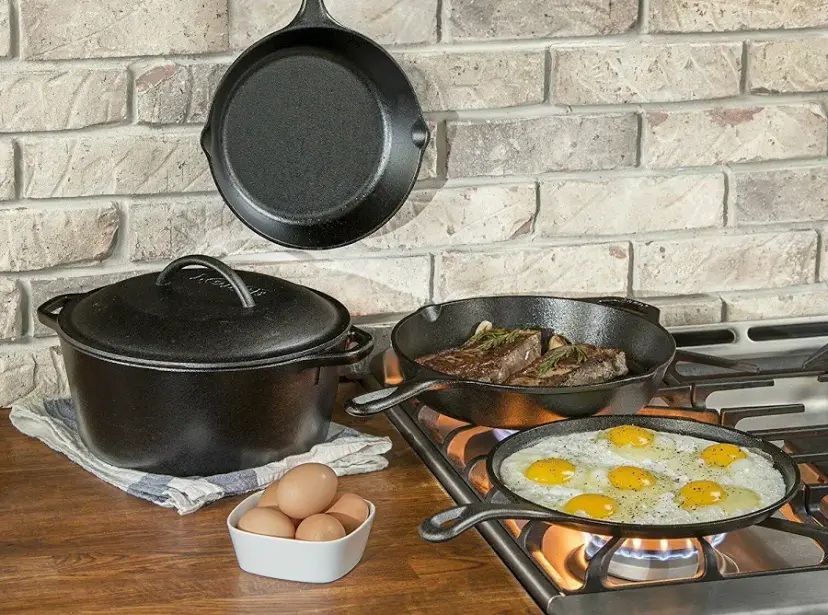
The difference in taste often comes down to the chemical properties of the metal and how it interacts with heat and ingredients.
The Stainless Steel Advantage: Purity
Stainless steel’s biggest advantage regarding flavour is its non-reactivity. As someone who values the honest flavour of food, I often prefer uncoated stainless steel for this reason. It gives a clean taste.
The Cast Iron Character: Depth and Browning
Cast iron interacts differently. Its porous surface holds onto seasoning (polymerized oil), which can contribute a subtle depth of flavour over time. More importantly, cast iron’s incredible heat retention creates intense, even heat perfect for searing. This promotes the Maillard reaction – the browning process that creates complex, savoury flavours in meats and vegetables . Some people also note that cooking in cast iron can add small amounts of dietary iron to food, which usually isn’t noticeable in taste but is a known effect .
Which to Choose When?
The "better taste" depends on the goal:
| Cooking Task | Stainless Steel | Cast Iron | Why the Choice Matters for Taste |
|---|---|---|---|
| Simmering Tomato Sauce | Excellent (Non-reactive) | Not Ideal (Can react/strip seasoning) | Stainless preserves bright, acidic flavour. |
| Searing Steak | Good (esp. clad) | Excellent (Heat Retention) | Cast iron develops a superior crust/flavour. |
| Cooking Acidic Foods | Best Choice | Avoid | Stainless won’t impart metallic taste. |
| Everyday Neutral Tasks | Very Good [^1] | Good (but seasoning matters) | Stainless ensures flavour purity. |
So, for purity and cooking acidic dishes, stainless steel wins. For deep searing and developing rich, browned flavours, cast iron often has the edge.
Which type of cookware is best for cooking?
Looking for the single best type of cookware to handle everything? Bombarded with ads claiming one material is superior? The reality is, the "best" cookware depends entirely on your specific needs and cooking habits.
There’s no single "best" cookware for all cooking. The ideal choice depends on your cooking style, budget, and maintenance preference. For versatility and durability, quality stainless steel (especially clad/tri-ply) is often considered a top all-around performer.
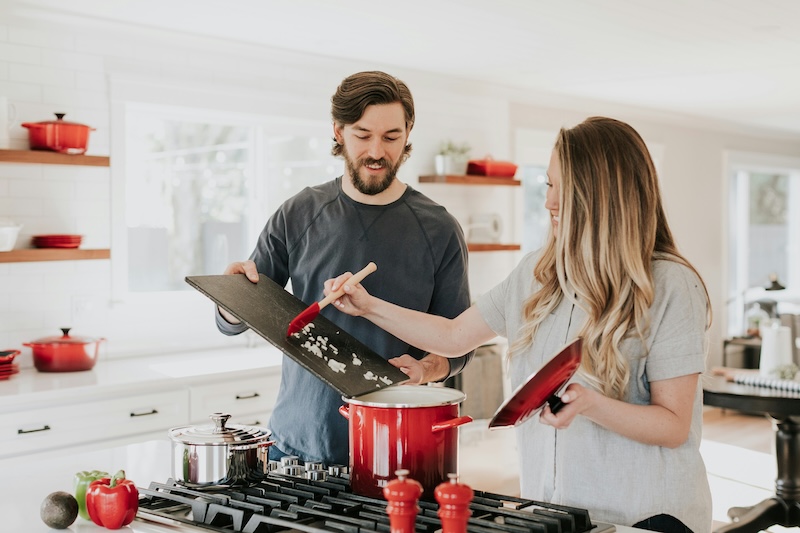
Finding the "best" means balancing several factors to match how you cook most often.
Defining "Best": Key Factors
What makes cookware "good" involves several characteristics :
- Heat Conductivity & Distribution: Does it heat up quickly and evenly, or slowly and retain heat? Even heating prevents hot spots.
- Durability: Will it last for years, resisting warping, scratching, and denting?
- Reactivity: Does it react with acidic or alkaline foods, affecting taste or safety?
- Maintenance: Is it easy to clean? Does it require special care like seasoning?
- Versatility: Can it be used on different cooktops (gas, electric, induction) and potentially in the oven?
- Weight & Handling: Is it comfortable to lift and maneuver?
Matching Material to Cooking Style
Different materials suit different tasks:
| Cooking Style | Potential "Best" Material(s) | Key Advantage(s) |
|---|---|---|
| Searing/Browning | Cast Iron, Carbon Steel, Clad SS [^3] | High heat retention / Even heat |
| Simmering/Sauces | Stainless Steel, Copper | Non-reactive, Precise control |
| Delicate (Eggs/Fish) | Non-Stick, Seasoned CI/CS, Copper [^6] | Prevents sticking, Gentle heat control |
| Stir-Frying | Carbon Steel Wok, Stainless Wok | High heat capacity, Shape allows tossing |
| Everyday Versatility | Clad Stainless Steel (Tri-Ply) | Balance of features, Durable, Non-reactive |
Why Tri-Ply is a Strong Contender
As someone involved in supplying tri-ply materials, I see its value firsthand. Tri-ply construction (typically stainless steel layers sandwiching an aluminum or copper core) addresses the main drawback of plain stainless steel (poor heat conductivity). This makes it incredibly versatile for many cooking techniques, from searing to simmering. It’s a fantastic all-around choice that balances performance and ease of use. For many, this balance makes it feel like the "best" for general cooking.
Is it better to cook with stainless steel or ceramic?
Comparing stainless steel and ceramic cookware for your kitchen? Wondering which offers better health, non-stick performance, or longevity? Let’s look at the main differences to help you decide.
"Better" depends on your priorities. Stainless steel is more durable, versatile for high heat, and won’t degrade [^1] [^2]. Ceramic offers an easy non-stick surface (initially) without PTFE/PFOA, but its coating can wear out faster and has lower heat limits [^5].
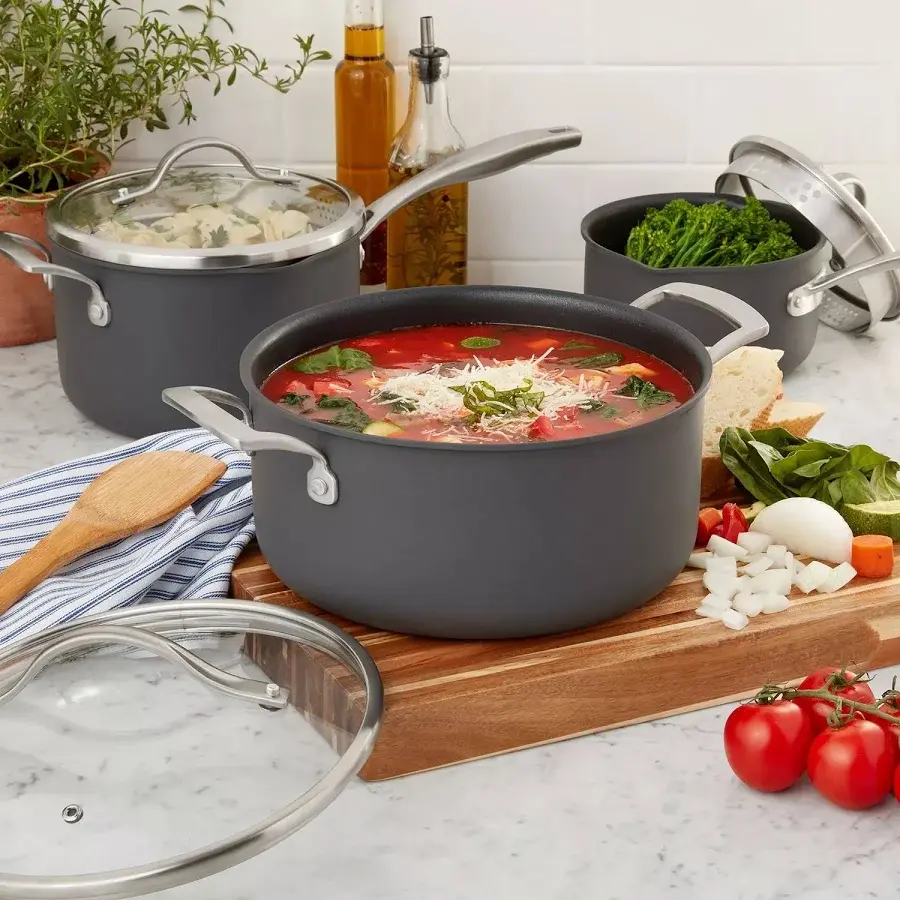
Both materials have their place, but they serve different needs and have different lifespans.
Stainless Steel: The Durable Workhorse
- Pros: Extremely durable, resistant to scratches, warping, and chipping [^3]. Doesn’t react with foods. Can handle high cooking temperatures and oven use (check handles) [^1]. Lasts for decades with minimal care. Clad versions (like tri-ply) offer excellent heat distribution .
- Cons: Not naturally non-stick; requires proper heating and oil use to prevent sticking. Pure stainless steel heats unevenly (clad construction solves this).
Stainless steel is my preferred material because it’s reliable, long-lasting, and doesn’t rely on a coating that can degrade.
Ceramic: The Non-Stick (Often Temporary) Solution
It’s important to distinguish between solid ceramic cookware (rare and expensive) and ceramic-coated cookware (common). We’re mostly talking about the coating here.
- Pros: Provides a non-stick surface free from PTFE and PFOA, often seen as a healthier alternative to traditional non-stick. Requires less oil for cooking. Easy to clean when new.
- Cons: The non-stick coating is fragile. It can be damaged by high heat, metal utensils, and abrasive cleaning. Over time, often within a year or two, the non-stick properties significantly decrease. Generally not suitable for very high heat searing.
Making the Choice: Health, Longevity, and Use
Both are generally considered safe. Stainless steel is inert [^3]. Ceramic coatings avoid the chemicals sometimes associated with traditional non-stick [^5]. The main trade-off is longevity versus non-stick convenience. If you want pans that last virtually forever and can handle any task (with proper technique), stainless steel (especially quality clad versions) is superior. If your main priority is easy non-stick cooking for things like eggs and pancakes, and you accept that you might need to replace the pan sooner, ceramic can be a good choice. For me, the durability and pure cooking experience of stainless steel make it the better long-term investment.
Conclusion
Ultimately, the cookware that makes food "tastiest" depends on the dish and your preference. While materials like cast iron enhance searing, stainless steel offers purity, especially versatile clad options like tri-ply.

